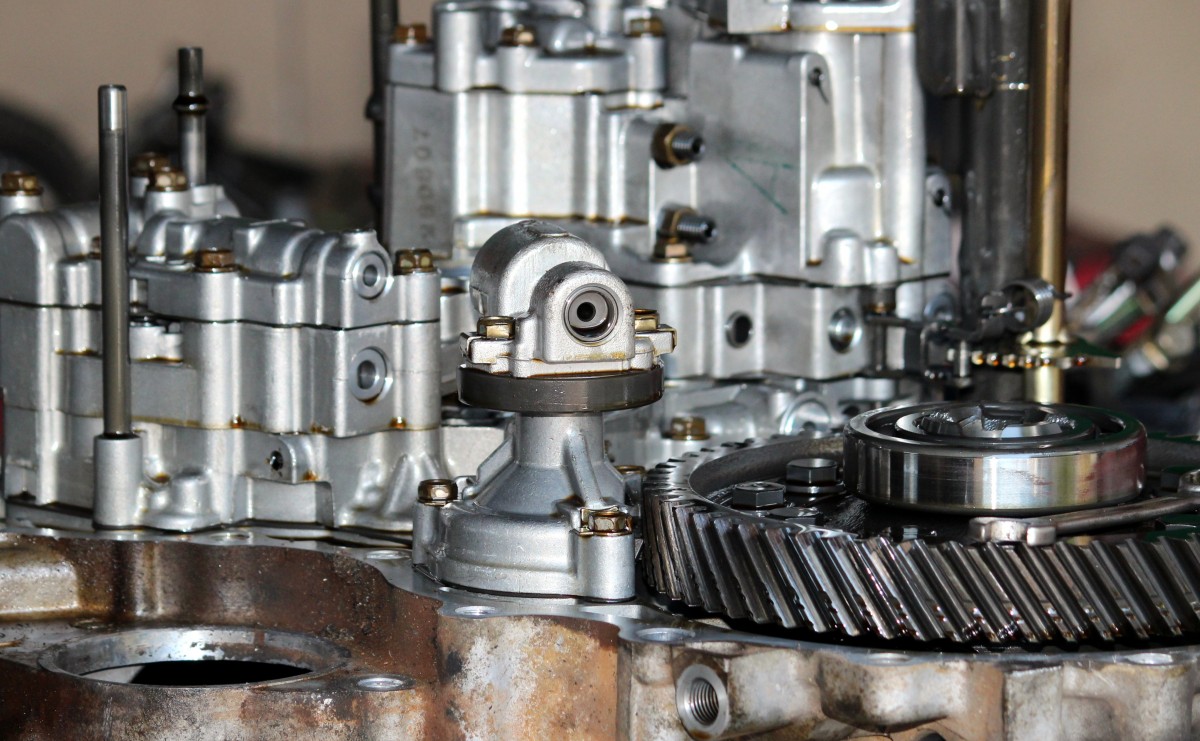
The Crucial Role of Mechanical Drafting
At the heart of engineering and manufacturing industries, mechanical drafting serves as a linchpin for accurate representation and effective communication of design ideas. It provides a visual language that bridges the conceptual gap, with mechanical drafters spearheading the translation of ideas into technical drawings. These drawings serve as guiding beacons throughout the production process, ensuring precision, efficiency, and strict adherence to industry standards.
Techniques and Tools in Mechanical Drafting
Mechanical drafting employs a repertoire of techniques and tools to craft detailed and dimensionally accurate drawings. Orthographic projection, a fundamental technique, involves representing a three-dimensional object on a two-dimensional plane. This method incorporates various views such as top, front, and side views, offering a holistic understanding of the object’s form and dimensions.
While traditional drafting tools like drawing boards, T-squares, triangles, and compasses once dominated the field, the advent of Computer-Aided Design (CAD) software has revolutionized the landscape. CAD software empowers drafters to create precise and editable digital drawings, streamlining the drafting process and facilitating seamless collaboration.
Applications Across Industries

Mechanical drafting finds widespread applications across diverse industries, including aerospace, automotive, manufacturing, and architecture. In aerospace engineering, mechanical drafters meticulously craft detailed drawings for aircraft components to ensure compatibility and functionality. Similarly, in the automotive sector, mechanical drafting is instrumental in designing intricate engine parts, transmission systems, and chassis structures.
The manufacturing industry relies heavily on mechanical drafting for the production of machinery, tools, and equipment. Detailed drawings play a pivotal role in the fabrication process, providing specifications for manufacturing, assembly, and quality control. Moreover, mechanical drafters contribute significantly to architectural design, translating architectural plans into technical drawings that guide construction and guarantee structural integrity.
The Transition to 3D Modeling
As technology advances, mechanical drafting has evolved into three-dimensional modeling. 3D modeling software allows drafters to create virtual representations of objects with greater realism and accuracy. With 3D modeling, engineers and designers can simulate the behavior and functionality of complex systems before they are built, saving time and resources.
However, mechanical drafting skills remain essential despite the transition to 3D modeling. The ability to create precise 2D drawings is crucial for communicating specific details, annotations, and dimensions, especially in manufacturing and construction processes where traditional 2D graphics are still widely used.
Career Opportunities in Mechanical Drafting
Professionals skilled in mechanical drafting have numerous career opportunities in various industries. Mechanical drafters, also known as CAD technicians, find employment in engineering firms, manufacturing companies, architectural firms, and government agencies. With their expertise in creating accurate technical drawings, mechanical drafters contribute to developing innovative products and infrastructure.
Mechanical drafting is a fundamental aspect of engineering and design, enabling the creation of detailed technical drawings that guide the production and construction processes. Using various techniques and tools, mechanical drafters communicate complex concepts visually, ensuring precision and adherence to industry standards. As technology advances, the transition to 3D modeling expands the capabilities of mechanical drafting, but traditional 2D drafting skills remain valuable.
For those in need of top-notch mechanical drafting services, consider reaching out to DYNAMIC MECHANICAL ENGINEERING. As a leading provider of mechanical drafting services in Victoria, their team of skilled drafters and engineers delivers precise and detailed technical drawings across various industries. From concept to completion, their expertise ensures accurate representation and seamless collaboration for successful projects.
Conclusion: Navigating Precision in Mechanical Drafting
In conclusion, the art of mechanical drafting is an indispensable cornerstone in the dynamic realms of engineering and design. It serves as a guiding force, allowing ideas to transcend conceptual boundaries and manifest as precise, detailed technical drawings. These drawings, meticulously crafted by mechanical drafters, act as the scaffolding upon which industries build their innovations. As technology propels us into the era of three-dimensional modeling, the essence of traditional 2D drafting skills persists, providing a crucial foundation for effective communication and collaboration.
Beyond its technical facets, mechanical drafting offers a gateway to a myriad of career opportunities for professionals in the field. Mechanical drafters, or CAD technicians, stand at the forefront of innovation, contributing their expertise to engineering firms, manufacturing companies, architectural endeavors, and government agencies. Their role in shaping the landscapes of diverse industries underscores the significance of their skills in creating accurate technical drawings.
In the ever-evolving landscape of technology and design, the transition to 3D modeling amplifies the capabilities of mechanical drafting, offering virtual realms for exploration and simulation. However, the timeless art of creating precise 2D drawings remains at the core of effective communication, especially in industries where traditional graphics persist.
For those seeking unparalleled mechanical drafting services, DYNAMIC MECHANICAL ENGINEERING stands as a beacon of excellence in Victoria. Their team, comprised of skilled drafters and engineers, goes beyond the realm of technical drawings; they are architects of precision, ensuring that every project, from concept to completion, is guided by accuracy and seamless collaboration. As we navigate the ever-expanding horizons of mechanical drafting, one thing remains clear – its role as the bedrock of innovation and precision in the intricate tapestry of engineering and design.
